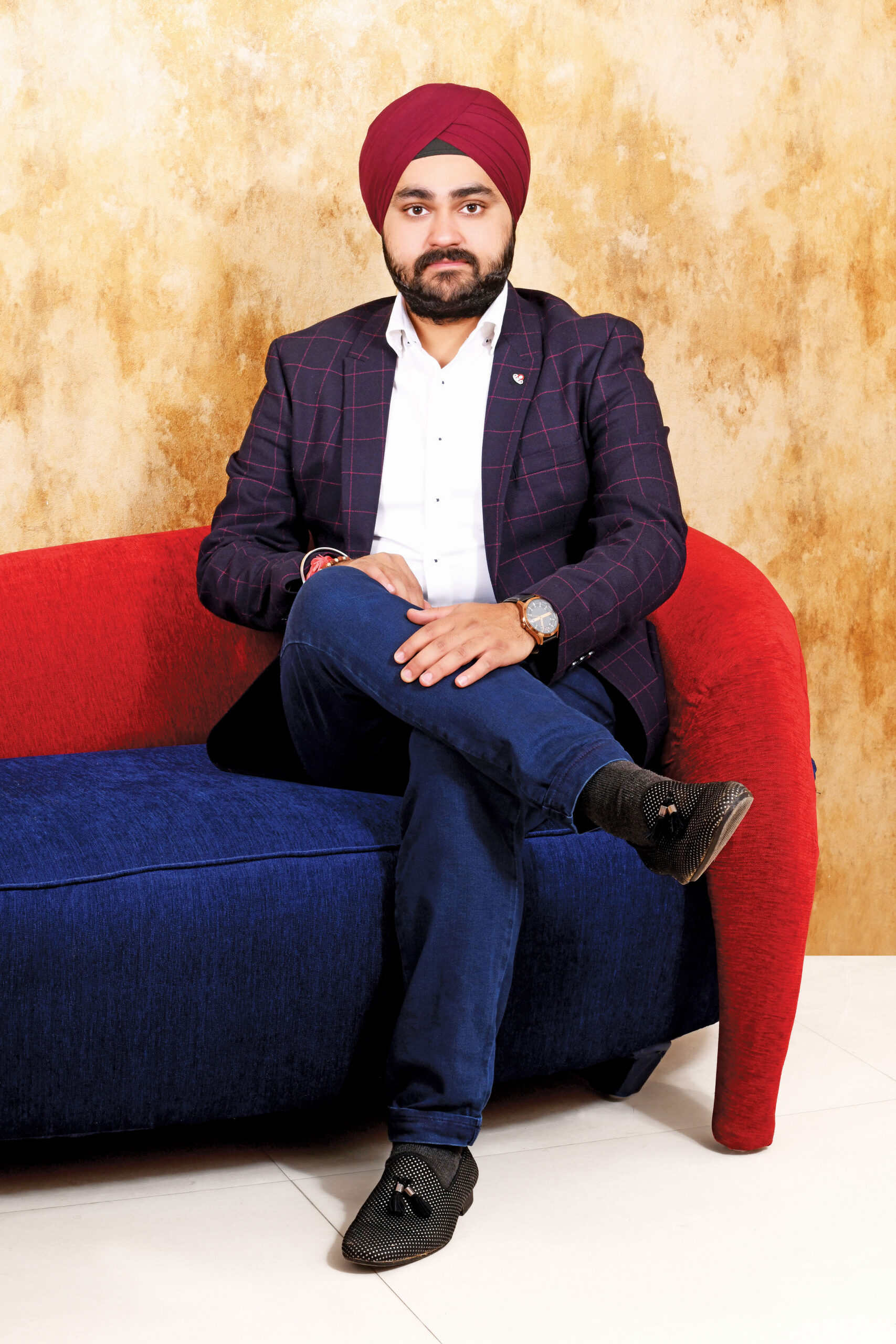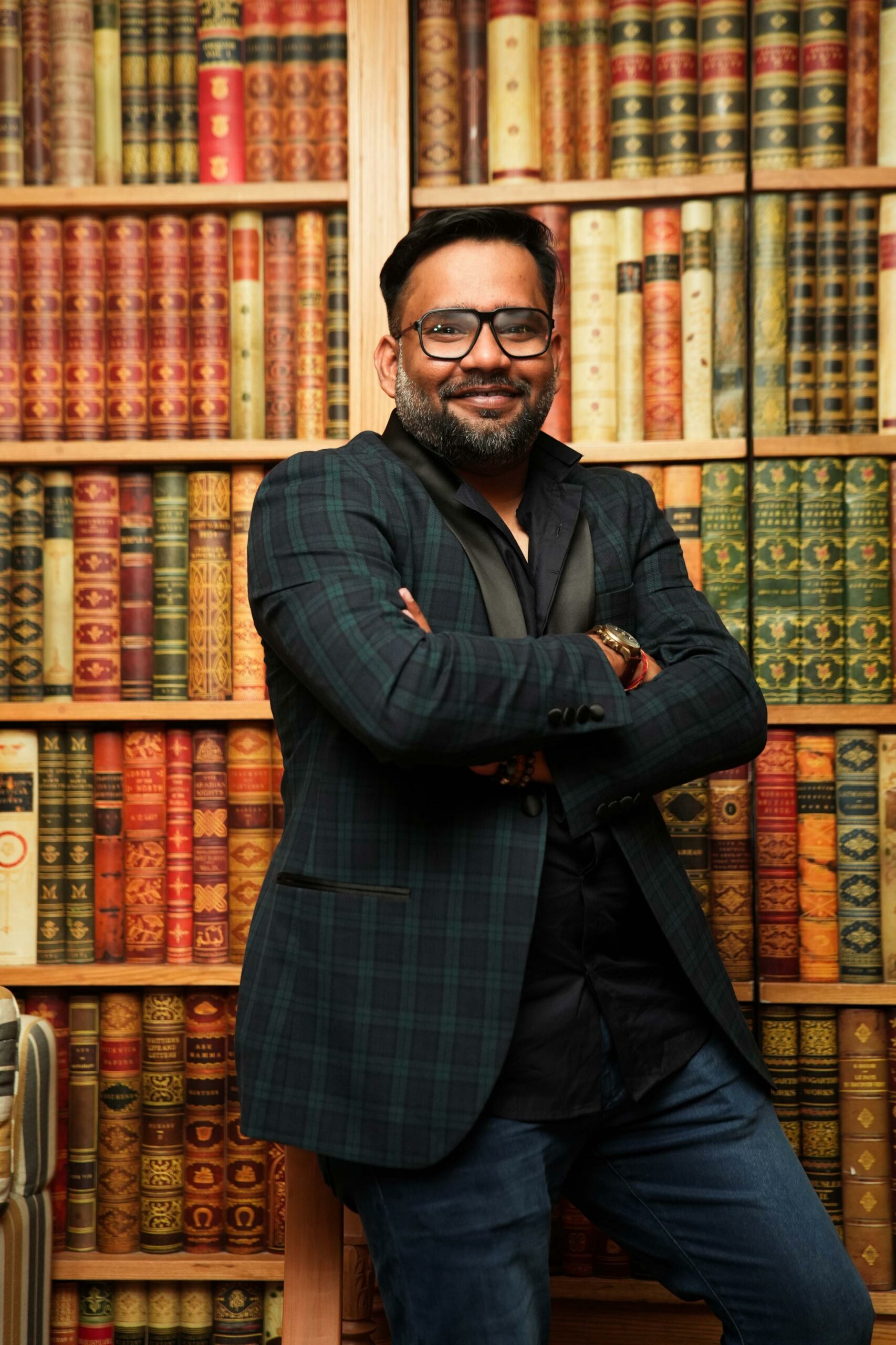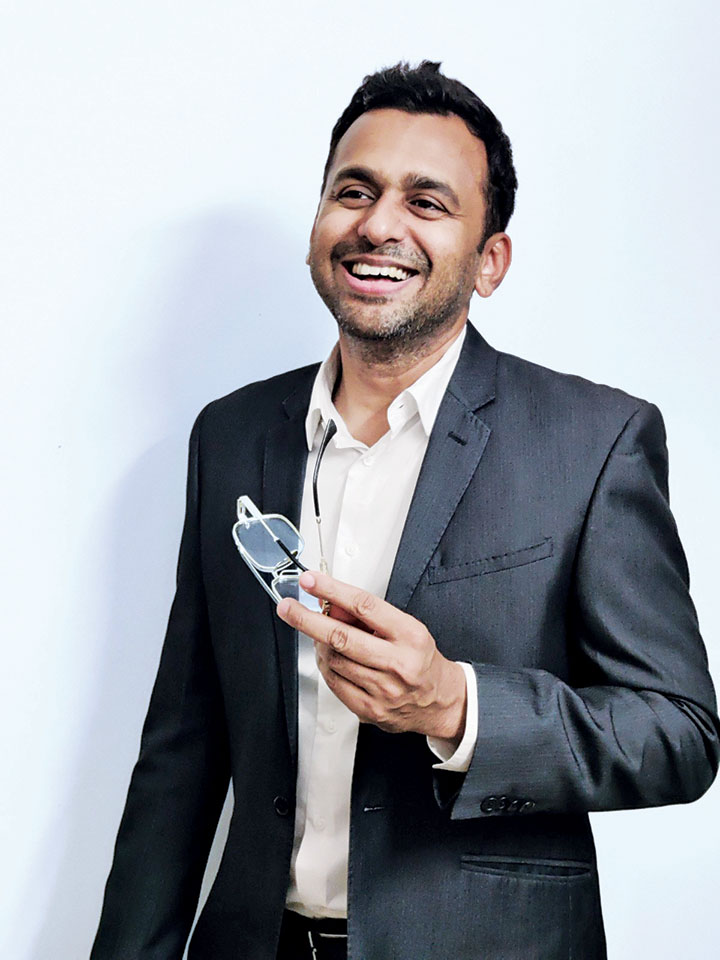Popular homegrown beer makers share how visual design choices affect what lands in the cart and why.
The Indian beer industry is moving through an exciting phase of transformation. With an estimated 720 million young consumers influencing buying patterns, and the market projected to grow from INR 444.6 billion in 2024 to INR 802.5 billion by 2033, beer brands are navigating a fiercely competitive space with creative agility. In a country where direct advertising is heavily regulated, packaging has emerged as the most influential communication tool for alcoholic beverages. Visual identity, storytelling, convenience, and shelf presence are now essential.
Packaging as Brand Language

In the absence of traditional media outreach, the label does the talking. For Avneet Singh, Founder and CEO of Medusa Beverages, packaging is a strategic asset. “It’s the frontline of brand communication. We treat our can like a silent salesman. It signals our ethos, style, and appeal to a youthful, confident Indian identity.”

At Lone Wolf, Vice President-Sales Arijit Ghosh speaks of a similar emphasis noting that packaging becomes a crucial touchpoint. It reflects their philosophy and values, and they aim to connect emotionally with the consumer through design.
Sachin Abrol, Co-founder and CEO of Prisco Potion Private Limited, adds that packaging is the most direct interface between the buyer and the brand. “We treat it as a canvas to build emotional connection and communicate the brand story.”

Intekhab Aslam, Head of Marketing at SOM Distilleries, notes that the twist cap on Woodpecker Beer was developed to prioritise ease of use and comfort. Their design strategy emphasises intuitive experiences and functionality that serve immediate consumer needs.

Packaging has become the handshake between brand and buyer. And as beer buying becomes more experiential, packaging performs both at point-of-sale and post-purchase.
Abhinav Jindal, Founder and CEO of BeeYoung, sees packaging as the product’s storyteller: “The can must evoke emotion and aspiration. It should reflect who we are brewing for.”

Shekhar Swarup, Joint Managing Director of Globus Spirits, which introduced Carib Premium Strong Beer to the Indian market, believes packaging is no longer just the outer shell; it’s the identity. With advertising restrictions in place, Swarup sees packaging as the lead storyteller, capturing the ethos of the Caribbean-inspired brand. For Carib, bright yellow tones, sunray motifs, and blue waves aren’t mere visuals; they convey vitality, cultural roots, and a shared love for cricket that connects India and the Caribbean. “It’s often the first and most lasting impression,” he notes.
The Design Process
Creating packaging that reflects brand character is a nuanced process. Design decisions reflect ongoing interpretations of consumer preferences and brand evolution.
Medusa draws inspiration from mythology and pop culture to mould its visual story. Singh shares that symbols like Medusa and bold metallics are intended to resonate with a new-age Indian mindset.
Ghosh highlights Lone Wolf’s minimal aesthetic. Their use of black for lighter beers and white for stronger ones helps create standout presence. “That’s a deliberate strategy. The hashtag #unfollow encapsulates our philosophy,” he says.
Prisco Potion’s approach is built on emotion, according to Abrol. From identifying the feeling to translating it through material, colour, and texture, their aim is to anchor authenticity.
Carib’s packaging reflects the vibrant personality of its origins. Swarup explains that the design team focused on infusing Caribbean identity into every element. The choice of colours, the batsman icon, and the “United by Cricket” tagline are a nod to shared sporting passions between regions. It’s a packaging narrative that seeks familiarity while bringing freshness to Indian consumers.
SOM’s yellow Glide and black Crest caps ensure ease of recognition. Aslam mentions that the bottle design supports everyday usability.
Jindal explains that BeeYoung Beyond’s matte finish and copper tones borrow from international design while incorporating ingredients such as Doon basmati rice to ground it locally. “The design must echo the beer’s character,” he says.
Seasonal Editions and Engagement
Seasonal releases and festive packaging have become effective tools to spark buzz and deepen brand engagement. Medusa’s House of the Dragon collaboration featured collector’s edition cans with dragon-scale motifs. “This became part of pop culture discourse,” notes Singh. The collaboration led to spikes in digital engagement and store-level demand.
At Prisco Potion, limited-edition packaging is part of the plan. According to Abrol, these drops boost visibility and consumer interaction, especially across visual-first platforms. “We design packaging people want to post about,” he says.
BeeYoung also uses its microbrewery Brewgarden to trial seasonal brews. “Each label or tap handle reflects the season. These become conversation pieces and content for organic reach,” explains Jindal.
SOM launches festive gift packs during key holidays. Aslam views these as purposeful extensions of their visual presentation.
At Lone Wolf, Ghosh shares that their engagement focus lies in crafting seasonal cocktail recipes rather than altering packaging.
Swarup mentions that Carib is currently focussed on strengthening its presence with its core product identity. While festive or limited-edition designs hold promise for the future, the brand aims to first cement recognition and familiarity with its core aesthetic.
Shelf Presence vs Store Rules
In a fragmented market, shelf presence presents ongoing hurdles. Indian alcohol retail follows state-specific policies that affect everything from SKU dimensions to display permissions. As the beer segment grows with frequent product introductions, those who align packaging with both regulation and retail shelf design stay more noticeable.
“Shelf real estate is often monopolised by larger players,” says Singh. “Our solution: bold fonts, high-gloss finishes, and compact layouts that work in dimly lit stores.”
Swarup notes that packaging design isn’t revisited only during product launches. It remains a continual exercise. Collaboration with Carib International ensures that feedback loops, retail behaviour, and shifting trends are considered regularly, helping the brand stay relevant amid regional constraints.
Prisco Potion believes that standout packaging delivers instant impact and layered detail. It should catch the eye quickly but also reveal thoughtful design choices upon closer inspection.
BeeYoung considers distance viewing. “Our design stands out from five feet away in a crowded store. That requires both form and function,” states Jindal.
Lone Wolf reflects on differing conditions across regions. “In cities like Goa, design contributes more due to visibility. In others like Delhi and Chandigarh, the effect is different,” says Ghosh.
Instagram-Ready, Shelf-Ready
With discovery now influenced heavily by digital content, brands are aligning packaging for both physical and virtual impact. Singh explains that Medusa’s mock-ups are reviewed in influencer grids and visual simulations before hitting shelves. “If it doesn’t capture interest visually, it doesn’t move forward.”
While Jindal focusses on tactile detail, ensuring BeeYoung’s cans have distinctive textures and rich colours, Abrol at Prisco Potion considers shareability key. “Packaging that photographs well ends up being reposted and remembered.”
Carib’s packaging has been tailored to appeal across both in-person and social formats. According to Swarup, the objective was to create an experience that resonates with younger, urban consumers who often make snap decisions. The brand’s visual personality supports both tactile recall and online curiosity.
Ghosh values consistency. Lone Wolf’s labels are curated to stay recognisable on shelf and screen alike, while Aslam views packaging as a premium artefact; pleasing in person and polished for digital appeal.
This dual-readiness enhances brand exposure, as packaging increasingly enters the frame of everyday consumer storytelling.
Innovation and Future Directions
India’s beer packaging sector aligns with broader international trends. According to IMARC Group, the global beer packaging market stood at USD 25.9 billion in 2024 and may reach USD 33.9 billion by 2033. Rising craft beer demand, aesthetic focus, and sustainability preferences are redefining packaging goals.
Medusa is introducing AR-enabled packaging and collaborating with artists. “We’re curating design stories connected to regional culture and independent creators,” says Singh. Their internal R&D team is also exploring new finishes that react to temperature changes,creating a dynamic visual experience. This could lead to limited runs tailored for summer or festive seasons.
Prisco Potion is working on immersive packaging solutions. “We’re integrating augmented reality and eco-responsible materials to match evolving expectations,” informs Abrol. The team is experimenting with smart codes embedded into cans, allowing consumers to access exclusive content and loyalty programmes with a scan.
BeeYoung is building on sustainability and regional sourcing wherein they are highlighting ingredient origins through local artist collaborations and biodegradable formats. The brand is also studying reusable packaging models, particularly for urban taproom distributions.
SOM is simplifying visual design while embracing environmental goals. Their new labels reduce ink use and they are exploring partnerships that support visual storytelling. “Discussions are underway with packaging innovators to create water-repellent labels that maintain clarity in chilled environments,” shares Aslam.
Lone Wolf maintains its clarity-first philosophy. “Our designs take time and careful thought. We modify only when it adds real value,” notes Ghosh. They are currently conducting market tests with alternate materials that offer higher shelf life while preserving design sharpness.
Swarup shares that innovation in packaging remains a critical area of exploration for Carib. While the brand has taken a steady approach in its India rollout, the future may see the introduction of smart features and sustainability-led formats as they adapt to local market cues and global directions.
With the Indian beer market expanding at an annual growth rate of 6.72%, packaging innovation is becoming a key tool for market relevance and recall. From fostering shelf standout to shaping digital conversations, it’s become central to beer’s story in India, crafted as thoughtfully as the brew inside.
